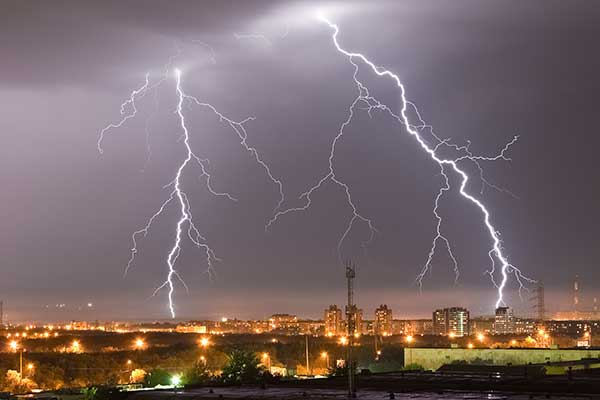By Rick Cudworth, Board and Executive Director, Resilience First
This article originally appeared in IAM – Assets Magazine
In an increasingly unpredictable world, the ability to adapt and overcome adversity – commonly known as resilience –has become a prized attribute for organisations. Investment in resilience is essential, especially as the interplay between the public and private sectors gains importance for creating a safe, resilient society. However, that investment has always involved trade-offs, such as cost, risk and time.
The most common time for investing in resilience is typically after experiencing an event with significant impacts. The next would be a ‘here and now’ scenario, when the issue hits close to home and demands immediate attention. Both approaches are often too late, especially when dealing with major assets. Enhancing resilience retrospectively tends to be more expensive and frequently leads to suboptimal outcomes.
Therefore, the concept of ‘resilience by design’ becomes invaluable when contemplating resilience strategies.
From an asset perspective, resilience by design encompasses:
- Identifying critical assets and understanding their role from a ‘whole of system’ perspective. This involves the determination of tolerable and intolerable impacts of prolonged asset failure on the organisation, its customers, its sector or ecosystem, and wider society. Such knowledge is key to prioritising resilience investments effectively.
- Establishing performance indicators that capture resilience under normal operating conditions (typically referenced by availability or reliability measures – I refer to this as ‘small r’ resilience) and under severe event/prolonged failure conditions (less commonly defined, but aiming to avoid intolerable impacts or widespread harm, and can be expressed as the ability to do or continue something, at a stated capacity or output, within or for a period of time – I refer to this as ‘big R’ resilience).
- Ensuring that resilience design considers the individual asset and its contribution from a ‘whole of system’ perspective. This will enable the resilience performance indicators (‘r’ and ‘R’) to be met. Doing this requires regular ‘vulnerability assessments’ of critical assets, considering the extent to which they adhere to core resilience principles of modularity, diversity, redundancy and adaptability. Crucially, it also involves regular scenario testing of resilience design, using severe (and occasionally extreme) but plausible scenarios. The objective is to understand how well the critical asset and the ‘whole of system’ stand up to specific scenarios. This process entails reviewing, challenging and, where appropriate, revising or adjusting assumptions. It should help identify when ‘R’ resilience might be breached and why. Digital modelling can support this type of what-if scenario stress testing.
- Considering ‘whole of life’ resilience. This includes incorporating maintenance cycles and future-predicted scenarios – a critical aspect given the expected impact of climate change on weather
patterns, for instance. - Continuously measuring and reporting resilience (both ‘r’ and ‘R’) performance indicators for critical assets and ‘whole of system’. Information on ‘r’ indicators is usually readily available. However, ‘R’ indicators rely on vulnerability analysis outcomes and results from scenario stress tests. For example, such data reveals how many breaches of intolerable impact thresholds have been recorded through scenario tests.
In summary, building asset resilience requires a ‘whole of system’ and ‘whole of life’ perspective, an understanding of tolerable and intolerable impacts, the setting of key resilience performance indicators and regular stress testing using severe but plausible scenarios. Identified vulnerabilities must be addressed within the context of their likely consequences. This approach to resilience is designed to make it more strategic (prioritising what matters and understanding why it matters), more explicit (defining resilience performance indicators, based on a deep understanding of impacts) and more transparent (by scenario testing, measuring and reporting).
Creating a resilient future demands presenting a compelling case for investment, improving public-private collaboration, and integrating resilience into core organisational operations. As we navigate times filled with uncertainty, committing to resilience is not merely a strategic choice – it is an indispensable requirement for long-term prosperity.



